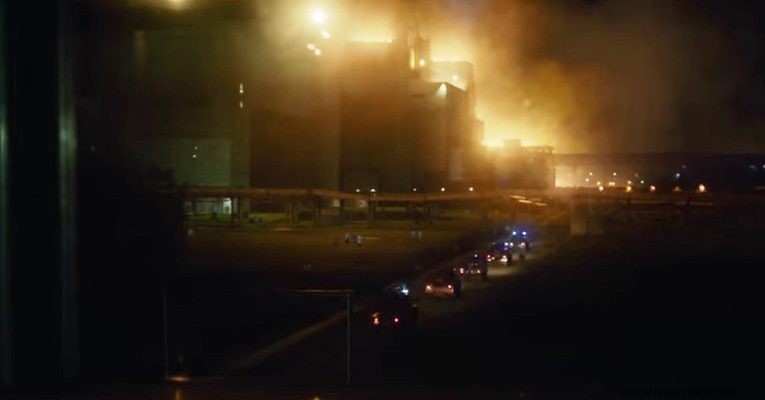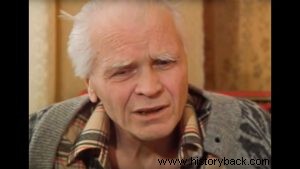
Anatoly Stepanovich Dyatlov was the key man behind the catastrophic nuclear accident in Chernobyl, Ukraine in 1986. He was born in 1931 in Siberia to an extremely poor family. He studied electrical engineering in Norilsk in the Arctic Ocean and then at the Moscow Institute of Engineering and Physics from where he graduated in 1959.
Soon after he was sent to work in the shipyards in the Soviet Far East where nuclear powered submarines were being built. There he was present when a nuclear accident occurred and he himself received a strong dose of radioactivity. Nevertheless, he remained in this position until 1973 when he was sent to work at the new Soviet nuclear power plant under construction at Chernobyl. There he took a managerial position because of his experience with nuclear reactors. He was in charge of reactors 3 and 4.
The fatal night
On April 25, 1986, he was in charge of testing reactor 4. Testing began late at night and continued into the early morning hours of April 26. The test provided for the shutdown of the reactor, but it did not take into account that even after the shutdown the nuclear reaction continued due to the decay of nuclear materials inside. It was required to maintain the reactor cooling process. Generators were used for this process, but for their full activation, a time of at least one minute was required. During this time, the reactor was not cooled down with what risks this could have.
This problem concerned the design of the Soviet reactors, which turned out to be flawed. The problem was known and some solutions were tried in 1982 but did not work. Despite this, the great socialist country continued to use reactor bombs. A new test to find a solution was also the one that would take place in Chernobyl on that fateful night.
The explosion
The test involved reducing the power of reactor 4 to test whether the system would hold until the cooling generators were brought into operation. On the evening of April 25, 1986, the test began by reducing the power of the reactor. Alexander Akimov was in charge of the shift, and Leonid Toptunov, a young engineer with little experience, was in charge of operating the reactor. Dyatlov was in charge. The power reduction to 700MW was achieved a few minutes after midnight, but the power began to drop further uncontrollably, reaching 30MW due to Toptunov's fault.
Eventually the power was raised to 200 MW, with the intervention of the technicians, but then the alarm bells started sounding. For over half an hour the distress signals were ignored. Nevertheless, the test went ahead. At 01.23 the connection to the cooling system of the generators was foreseen. But they didn't make it. The reactor had become unstable increasing power insanely. Although an attempt was made to shut down the reactor completely this was not possible, due to both the previous errors and the poor design of the reactor.
The boron carbide rods used as retarders had graphite heads. This caused the power to increase, for a short time, before shutting down. So graphite became the detonator that blew up Chernobyl. The toner problem had been known since 1983 but no action had been taken. So when the rods, instead of absorbing neutrons, dramatically increased the power of the reactor which, having an operating limit of 3,200 MW, reached 33,000 MW!
Then the first explosion occurred, while in a few seconds the second and more destructive one followed. The disintegrated reactor core was shot up along with a huge amount of radioactivity that gradually spread across Europe – only the KKE said otherwise. The main cause of the disaster was the faulty RBMK-1000 reactor, some personnel mistakes, and Dyatlov's insistence that the test go ahead despite system alarms.
Dyatlov
During the explosion Dyatlov received a very strong dose of radiation but survived and was put on trial as the main person responsible for the accident. This was a political decision as it blamed everything on one man and adopted the excuse of human error and avoided judgment about the faulty reactors. Dietrlov was sentenced to 10 years in prison in 1987, but was pardoned in 1990.
He wrote a book in 1991 in which he absolves himself and his subordinates of responsibility for the accident and blames it solely on the failure of the equipment. However, he was also responsible for ignoring the warning signs and even threatening to fire workers, such as Akimov, who refused to proceed with the test. The International Nuclear Safety Agency (IAEA), however, in its own investigation into the causes of Chernobyl, adopts Dyatlov's view and places the blame on the faulty reactor. Although Dyatlov survived Chernobyl, he eventually died, as a result of radiation, in 1995.

